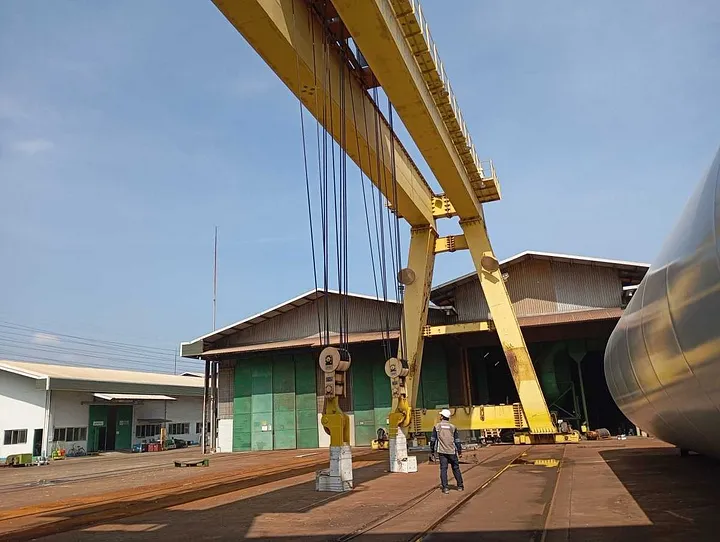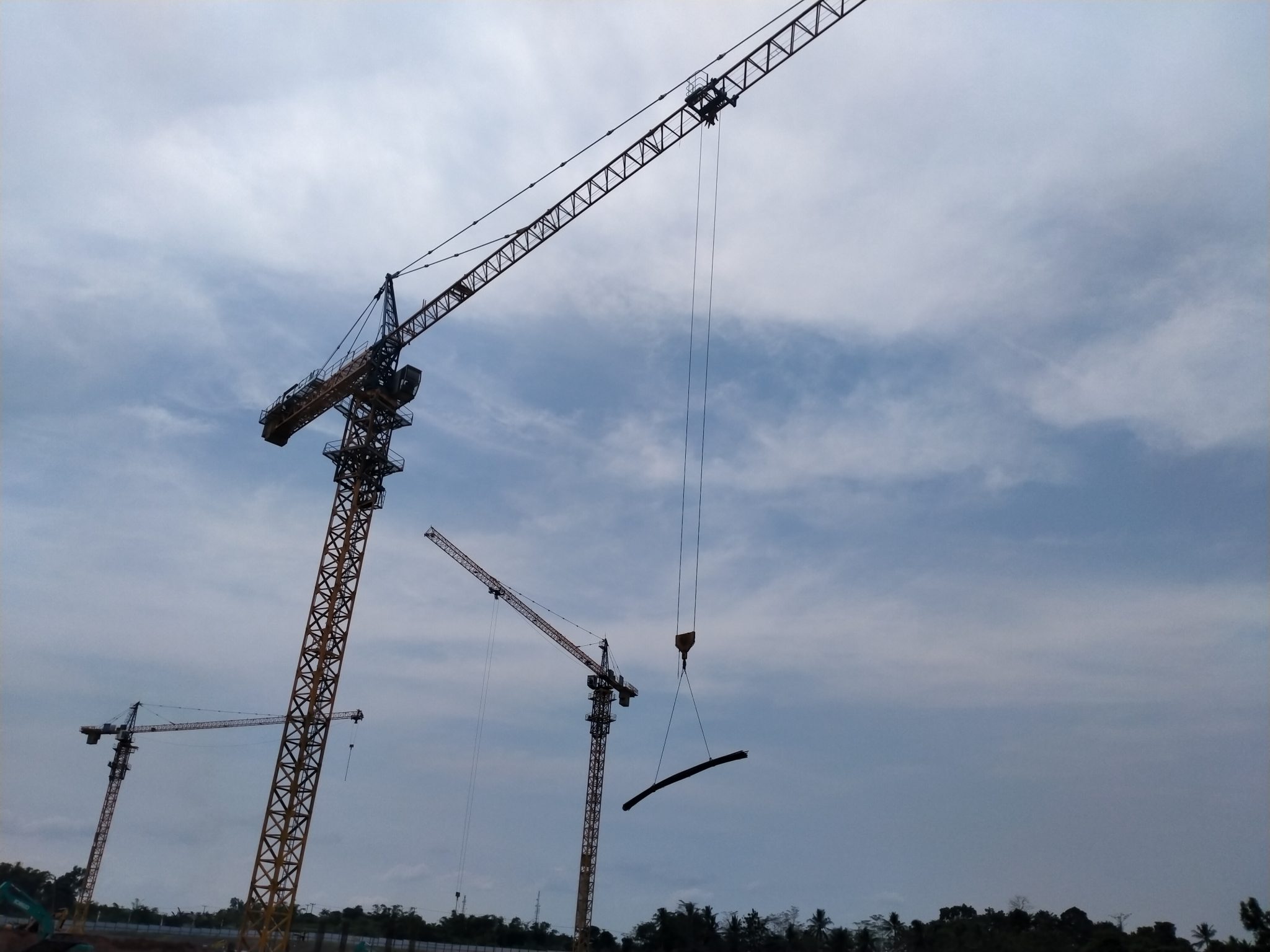Cranes are essential heavy equipment used across various industries, particularly in construction, manufacturing, and logistics. Their primary function is to lift and move heavy materials from one place to another. There are several types of cranes, such as tower cranes, mobile cranes, overhead cranes, and gantry cranes, each designed to serve specific needs depending on the project or operational requirements.
Given their extensive use and critical role, cranes pose a high risk of accidents, including structural failures, load drops, and mechanical malfunctions. Therefore, regular inspection and testing, known as Crane Inspection or "Riksa Uji Crane," are necessary to ensure these machines are functioning correctly and safely. These inspections are conducted to verify that the cranes meet the established safety standards and regulations.
Crane Inspection is an integral part of the Lifting and Transport Equipment Inspection category. The purpose of this inspection is to ensure that cranes used in various operations comply with the safety standards set by the Ministry of Manpower in Indonesia. The process involves several aspects, including physical condition checks, mechanical integrity evaluations, and load testing to confirm that the crane can handle the specified load capacity without failure.

The process of Crane Inspection includes multiple stages, starting with visual inspection, functional testing, and load testing. Visual inspection aims to examine the main components of the crane, such as the boom, cables, drums, hooks, and other parts that may show signs of wear or damage. Additionally, electrical and hydraulic systems are also inspected to ensure no technical issues could affect crane operations.
Next, functional testing is carried out to ensure that all crane operational systems, such as brakes, limit switches, and other controls, are working properly. These systems are vital to prevent the crane from operating beyond its capacity or in unsafe areas, which could lead to accidents. The functional test also includes simulating normal operations to observe the crane’s response to operator commands.
The final stage in Crane Inspection is the load test, where the crane is tested by lifting its maximum allowable load. This test is conducted to ensure that the crane can lift and move the specified load without causing structural damage or mechanical failure. Load testing is crucial because overloading or improper load distribution can lead to severe accidents.
Occupational Safety and Health Service Companies (PJK3) are licensed entities by the Ministry of Manpower to conduct Crane Inspections. They employ certified experts and use standard equipment to perform these tests. PJK3 is also responsible for issuing a safety certificate that confirms the crane meets all safety requirements and is safe for use.
Companies that use cranes must ensure their equipment is regularly inspected according to the specified time intervals set by regulations. Typically, cranes must be inspected annually or more frequently if used under heavy conditions or have a history of malfunctions. Regular inspections help identify potential problems early before they can cause more significant accidents.
Additionally, the results of the Crane Inspection are documented in a detailed inspection report that includes the crane's condition, test findings, and recommendations for corrective actions if needed. This report must be kept by the company as proof that their cranes have been inspected in compliance with the applicable safety regulations. Proper documentation also facilitates audits or inspections by labor authorities.
To find Crane Inspection service providers near you, you can use Google Maps by typing keywords such as "Crane Inspection Services" or "PJK3 Riksa Uji" in the search bar. This will provide a list of nearby service providers, along with addresses, customer reviews, and contact details, making it easier to choose a trusted and suitable service provider.
Regular inspections not only help companies comply with safety regulations but also prevent financial losses due to workplace accidents, equipment damage, or operational shutdowns. A crane that is not properly inspected can pose significant risks, including serious injuries or fatalities, property damage, and operational disruptions that could negatively impact business.
Therefore, Crane Inspection is not just a legal obligation but also an investment in safety and operational sustainability. Ensuring that all cranes are properly tested and maintained can provide safety assurance for workers, the environment, and the surrounding community.
In summary, Crane Inspections play a critical role in ensuring that these machines remain safe and efficient. By conducting regular inspections, adhering to safety standards, and collaborating with reputable inspection service providers, companies can minimize the risk of workplace accidents and ensure safe and effective operations.

Comments on “Understanding Cranes, Crane Inspections, and Their Role in Lifting Equipment Safety”